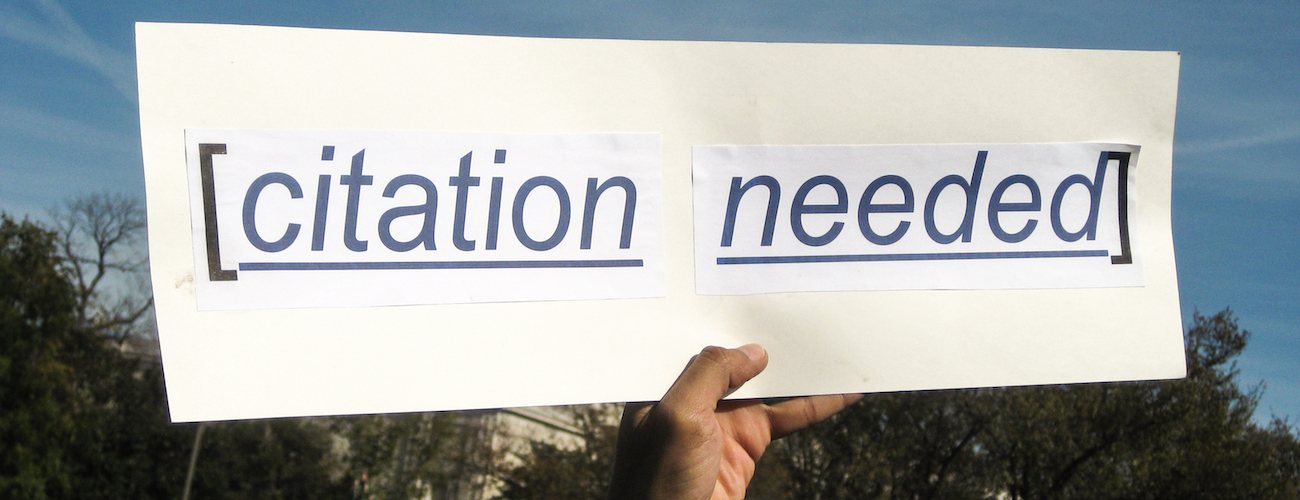Editorial Note: Citation as an Act of Enchantment

Citation as an act of enchantment
It's been nearly a year since we started this experiment, Epoiesen. While we had a fairly clear idea of what we wanted the journal to achieve, it's worth stepping back and asking: what has this journal achieved? What kinds of things have we published? Have we lifted up other ways of engaging with the past? As a corollary, have we made space for new voices?
Have we gotten out of the way?
Because Epoiesen is built from simple text files, the generator we use creates a json representation of all the text to power our search form. We can feed this text into something like Voyant Tools to try to take a distant read.
A simple word cloud. Remember when word clouds seemed magical? They did: admit it. They jumped out at you. Key words called to you. Play with the word cloud above; add or remove terms from it. What emerges? What have we been about, this past year?
Image posted to Pixabay by wilhei, animated by S Graham
Maybe words, on their own, don't really tell us anything. Maybe words as they are distributed over topics could help us. We have been tagging the different contributions, but maybe, maybe the machine sees clearer.
Run the topic model routing a five hundred times. A thousand times. What emerges? There's no necessarily chronological aspect to our topics (even though the corpus is loaded in, in chronological order). The topics that jump out, right now, are just the random fluctuations in the interests of the people who've taken the time on our experiment.
Image posted to pixabay by Free-photos, animated by S Graham
Maybe there's nothing to see, when you look at everything we've written, this way. Maybe it's more helpful to see the most common terms, knotted up when they occur...
But... nothing in these views tell us anything about citation. Nothing in these views, these distant reads, tell us anything about who we've chosen to lift up, the people whose ideas triggered those cascades of thought in our own minds, the wellsprings of our creativity. Citation is a gift. Epoiesen is supposed to be a space for creative engagement with history and archaeology. For us as its creators and editors, we should understand that engagement to begin with the act of citation. We could do better. We need to do better. Jules Weiss describes a punk practice to citation which "acknowledges and uplifts ... by creating platforms that make people feel welcome and important".
We invite creators and respondents to “punk” their practice of citation. What does this mean? It means being awake to the idea that the everyday act of citation can reinforce existing practices and structures in academic work, rather than broaden the possibility space for what our research and engagement could be.
Real punks consider whose voices are being heard, when, and why, and they take action to uplift the voices of those who are often spoken over. Jules Weiss, 2018 Citation is a Gift: “Punking” Accounting in #hautalk.
Sara Perry, in '[The enchantment of the archaeological record](https://saraperry.wordpress.com/2018/09/06/enchantment-of-the-archaeological-record/)' points to the crisis model of archaeology, where we operate out of a conservative impulse 'driven by the normative preservation paradigm', saving the past. A similar crisis of fear and trust drives our teaching and the _norms of scholarly writing_ so that students (and the professionals they turn into) are driven by fear of plagiarism, fear of being out of step, fear of showing oneself _not to belong_. It occurs to us therefore that the way we are taught to cite is also a 'crisis' model. But citation is a gift. Could citation be an act of enchantment as well?
Perry writes,
The crisis model blinds us (& broader publics) to new futures & different interpretations. It fetishes authenticity, leading to cynicism, false consciousness, & nihilism in the face of its inevitable futility. It betrays profound weaknesses in professional interpretative aptitude & begs for a new 'moral model' for the discipline.
She continues:

In this age of information overload and breakdowns in trust, the nagging expert is shut out. 'Crisis' modes of engagement turn the reader/viewer/person off. Archaeology and History have powerful stories, powerful ideas. But here we have work to do. As Epoiesen enters its second year, let our citation be a gift. Let it be an act of enchantment. Find the wonderful work, the uplifting work. Cite it. Build on it. Let your creative engagement with history and archaeology echo with voices you haven't heard before.
Animations made with Pixaloop by lightricks.com using stock photos from pixabay
Cover Image font lead by wilhei, pixabay
Masthead Image by futureatlas.com, originally posted to Flickr as “Citation needed” CC-BY-2.0, via Wikimedia Commons
